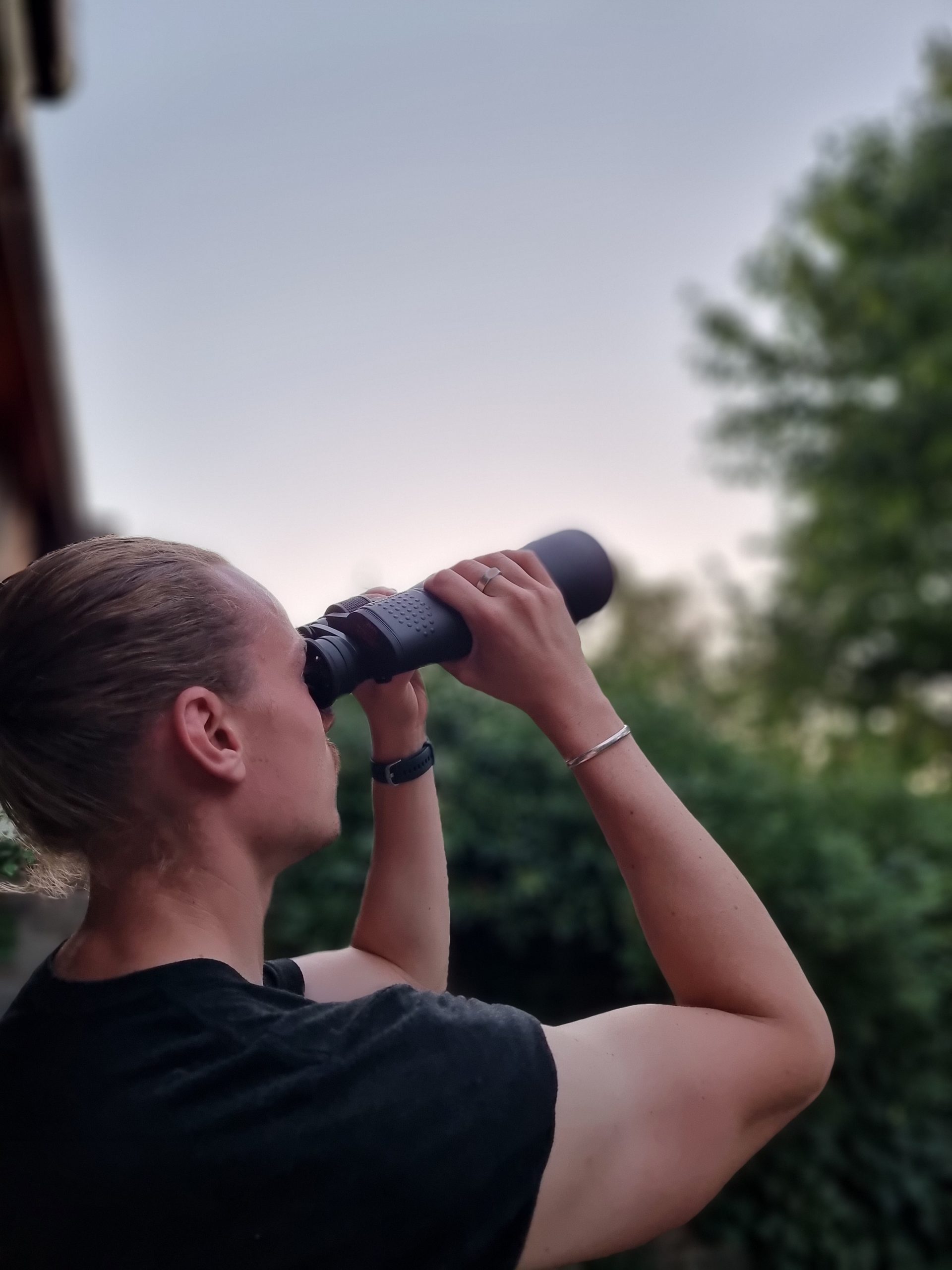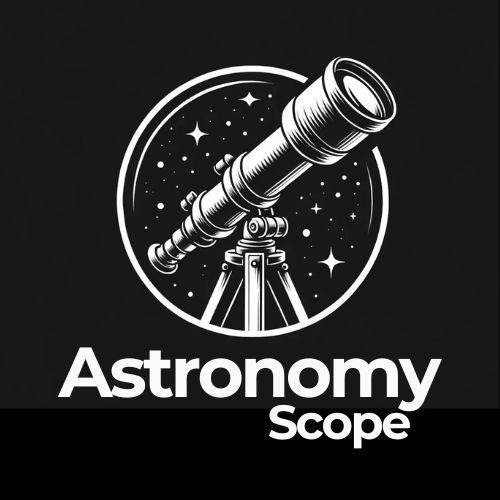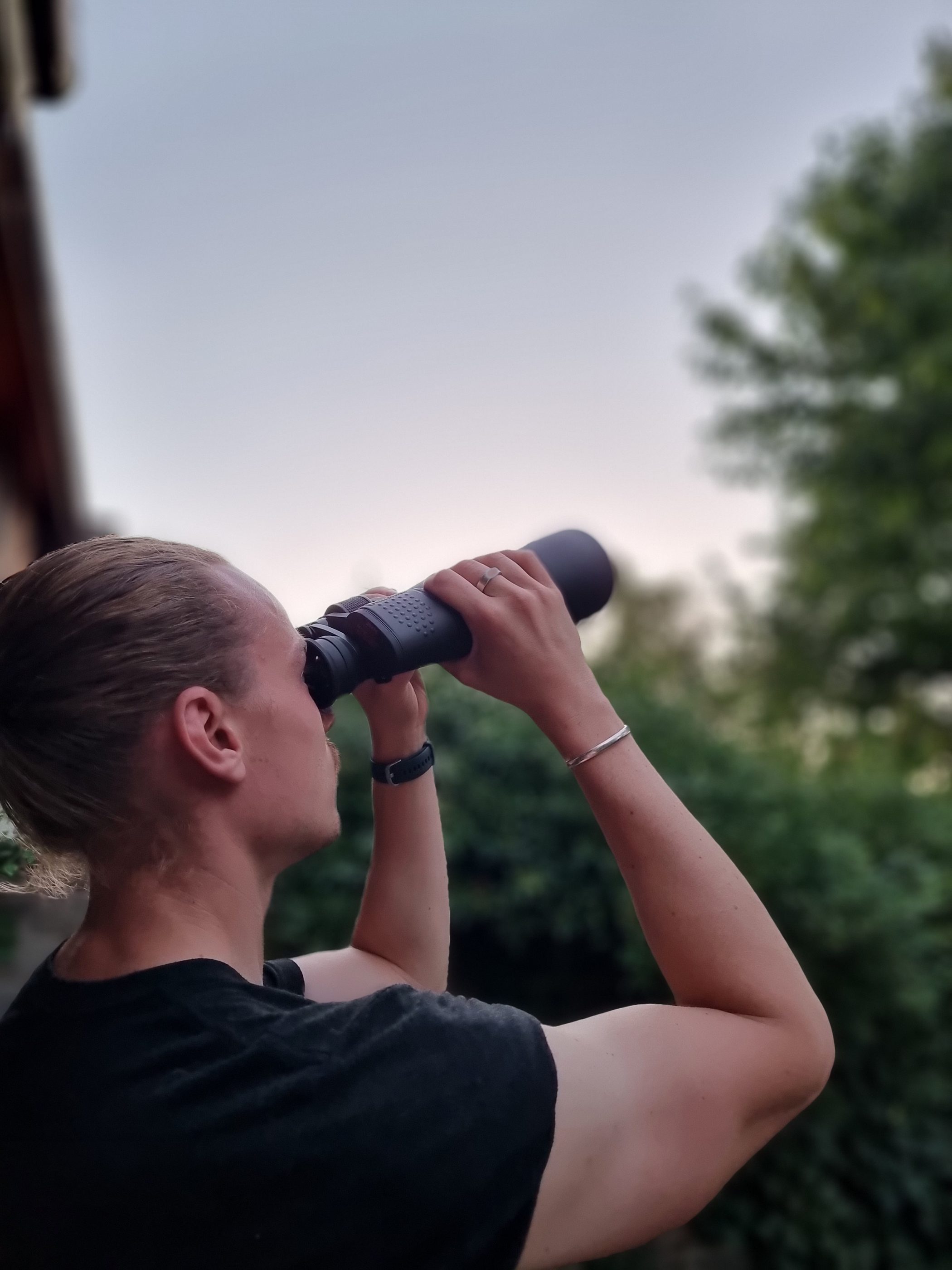When it comes to buying a telescope, you’ll soon realize how many different terms and acronyms are used to describe them. One commonly used is “mm”, but what does this mean; especially in relation to telescope lenses? I spent some time researching and would like to share this information here with you today.
So, what does the mm mean on telescope lenses? The “mm” refers to the measurement of the lenses, taken in milli-meters. Different size lenses will provide different levels of magnification, with a lower “mm” providing more magnification.
Telescope lenses, otherwise known as eyepieces, are an important piece of equipment for any astronomer; regardless of their experience.
They come in a range of sizes, and interestingly, the smaller the mm of an eyepiece the more magnification it can give.
Let us know take a closer look at this measurement and what it means exactly for each telescope.
Telescope MM Measurements
Telescopes have several different elements, that are commonly measured in millimeters to keep a level of consistency.
Perhaps the most important characteristic of any telescope is its aperture.
This is the diameter of its light gathering lens (or mirror) and it is also sometimes referred to as the objective.
Each telescope will have the aperture clearly stated; sometimes its on the focuser, other times its on the front of the tube. Either way it will be specific on any telescope sales page and should be listed on the box.
The aperture’s diameter will be commonly be displayed in mm. But it can be displayed in inches too.
For the most part, a telescope should have at least, 70mm aperture, although a lot more is often available and preferable.
This is because a larger aperture enables you to see fainter and more distant objects than a smaller one will be able to.
From there, each telescope has a focal length.
This is key to the telescopes magnification (or power).
To get the Focal Ratio, which will allow you to see how far you can effectively see with each scope, you just need to run a simple formula:
Focal Ratio = Objective Focal Length/ Size of the Lens/Eyepiece
So, for example:
A telescope with a focal length of 500mm, and when a 25mm eyepiece is applied, the magnification power will be (500/25), or 20x.
Usually most telescopes come with 2 eyepieces, of different mm sizes. This enables you to change the magnification you desire by switching the eyepiece (of different focal lengths).
Otherwise, you purchase new eyepieces from online sites like Amazon.
Other Measurements Taken In MM
As a telescope user, you will soon find that there are other measurements often taken in “mm” and to be aware of.
Each can impact how a telescope is used, how comfortable it is to do so etc.
Perhaps the main two to be aware of are eye relief and exit pupil diameter.
The eye relief is the amount of distance from the end of the eyepiece that a user can realistically see the full view.
Outside of this distance, a reduce field of view would be experienced.
So, a 7mm eye relief simply means that you can position your eye up to 7mm away from the eyepiece before your views would become reduced.
The exit pupil diameter will determine how much light will enter your eye through a telescope.
Again its measured in mm and is usually measured by dividing the aperture by the magnification.
Finally
So there we have it.
The “mm” is short for milli-meters, and is the go-to measurement to illustrate the size of all the different aspects and instruments involved.
While you sure may see telescopes measured and defined in inches, milli-meters is the most commonly used and preferred.
In fact, do not be surprised to see both used together or interchangeably.
Just remember there is 25.4mms in an inch if you ever wanted to do the math yourself.
Finally, if you are in the market for a new telescope, but are not sure what is best to get, be sure to read my best telescope buyers guide.
It will outline all the best options that will enable you to observe the night sky in mesmerizing detail.

Hey, my name is Jeremy. I’m a passionate and seasoned astronomer who loves nothing more than observing the night sky. I also love researching, learning, and writing all things Space and the Universe. I created Astronomy Scope to share my knowledge, experience, suggestions, and recommendations of what I have learned along the way while helping anyone to get into and maximize their enjoyment of the hobby.

